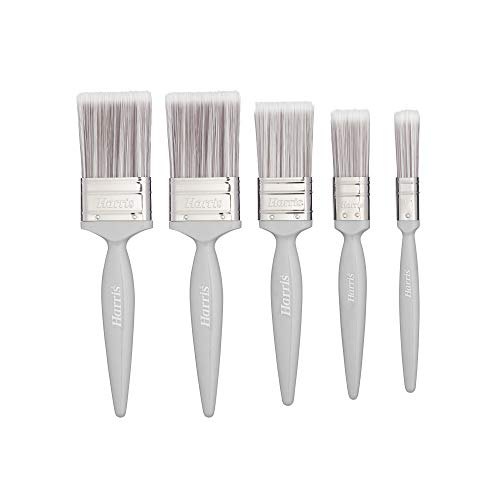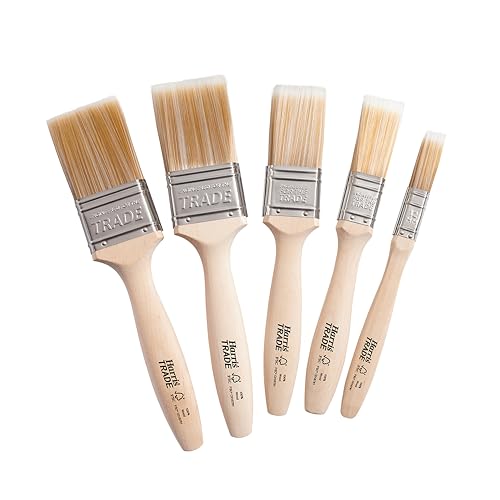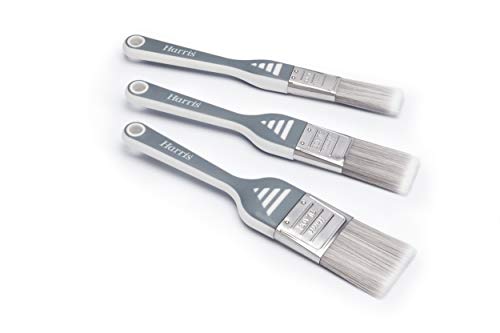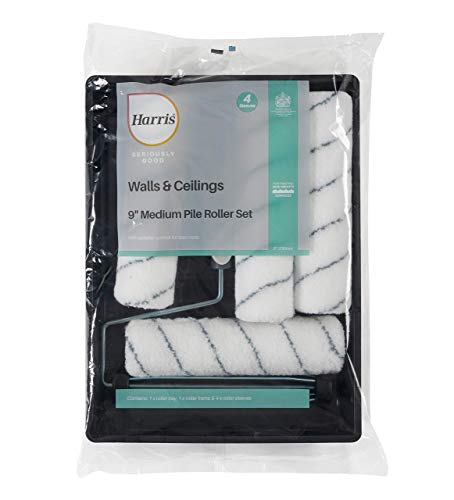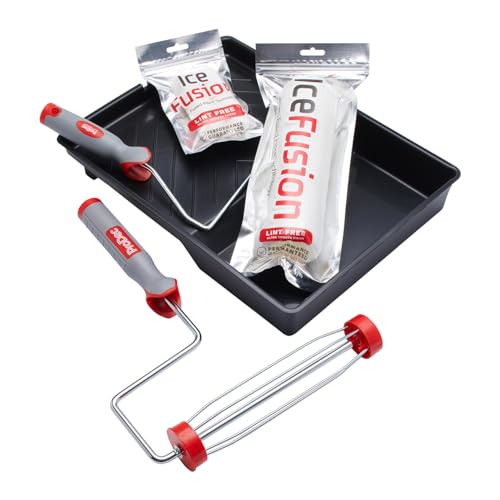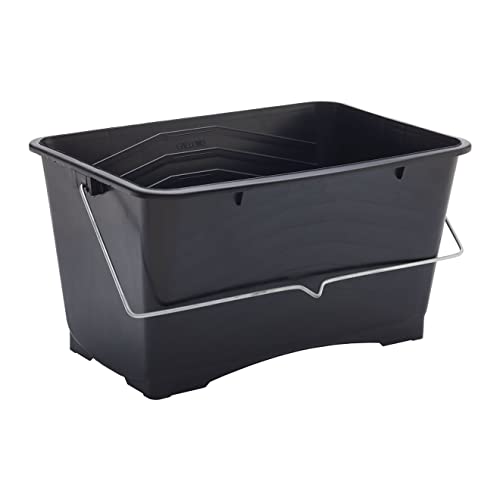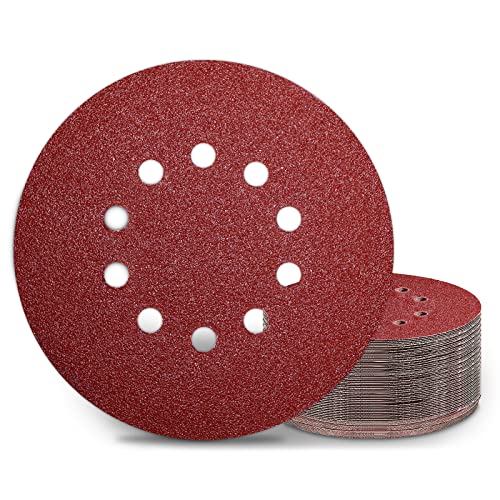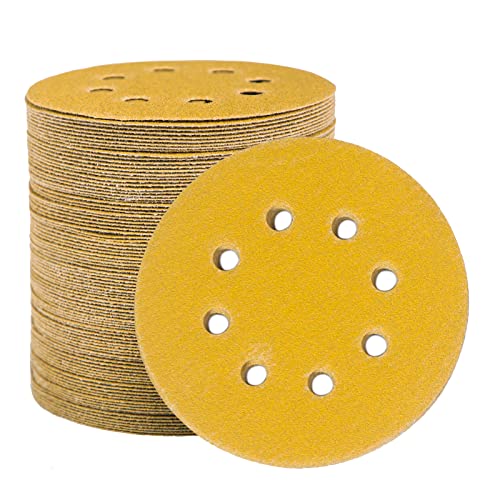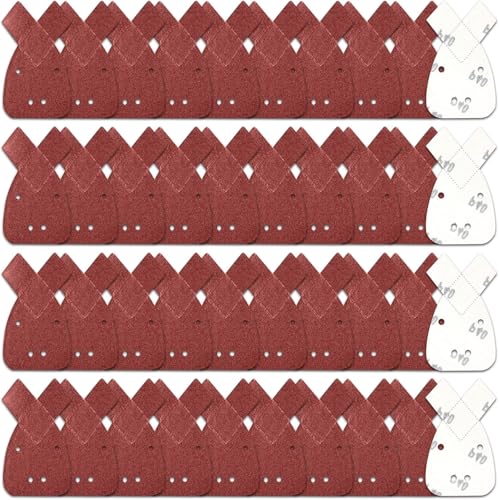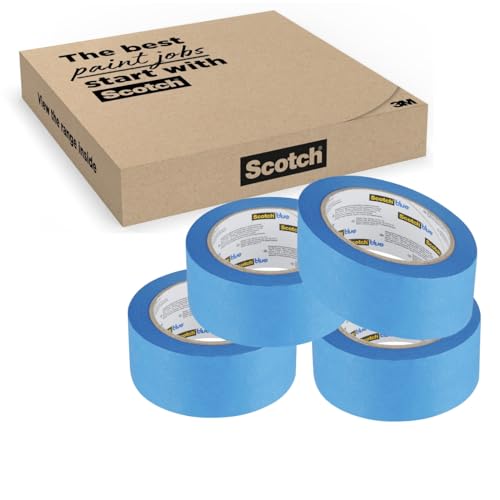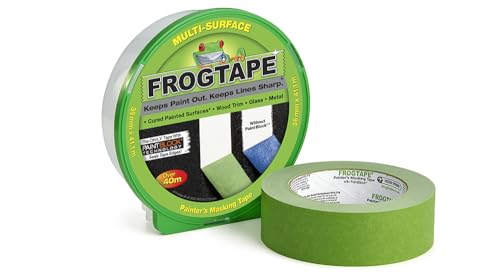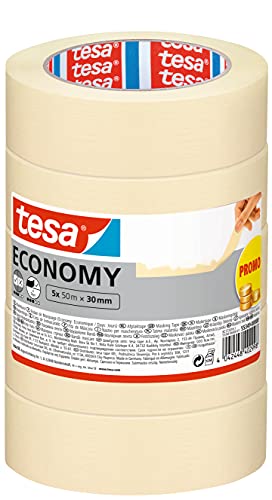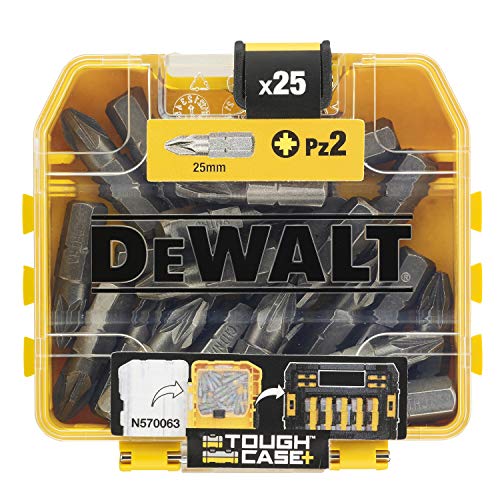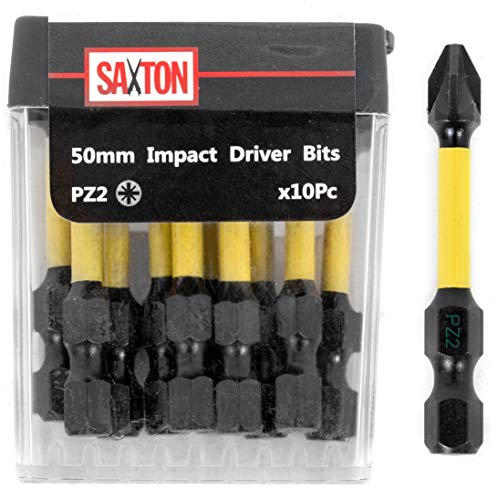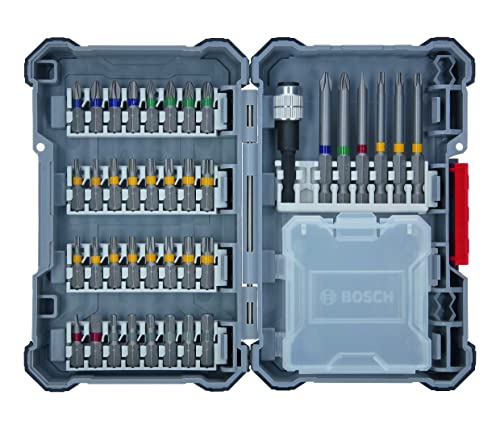I'm a DIY expert and these are the essential tools I always buy on Amazon to make decorating projects easier
Amazon makes stocking my toolbox easy when I need new DIY essentials. It saves me time, money, and stress, and with next-day delivery, I’ve always got what I need for my next project
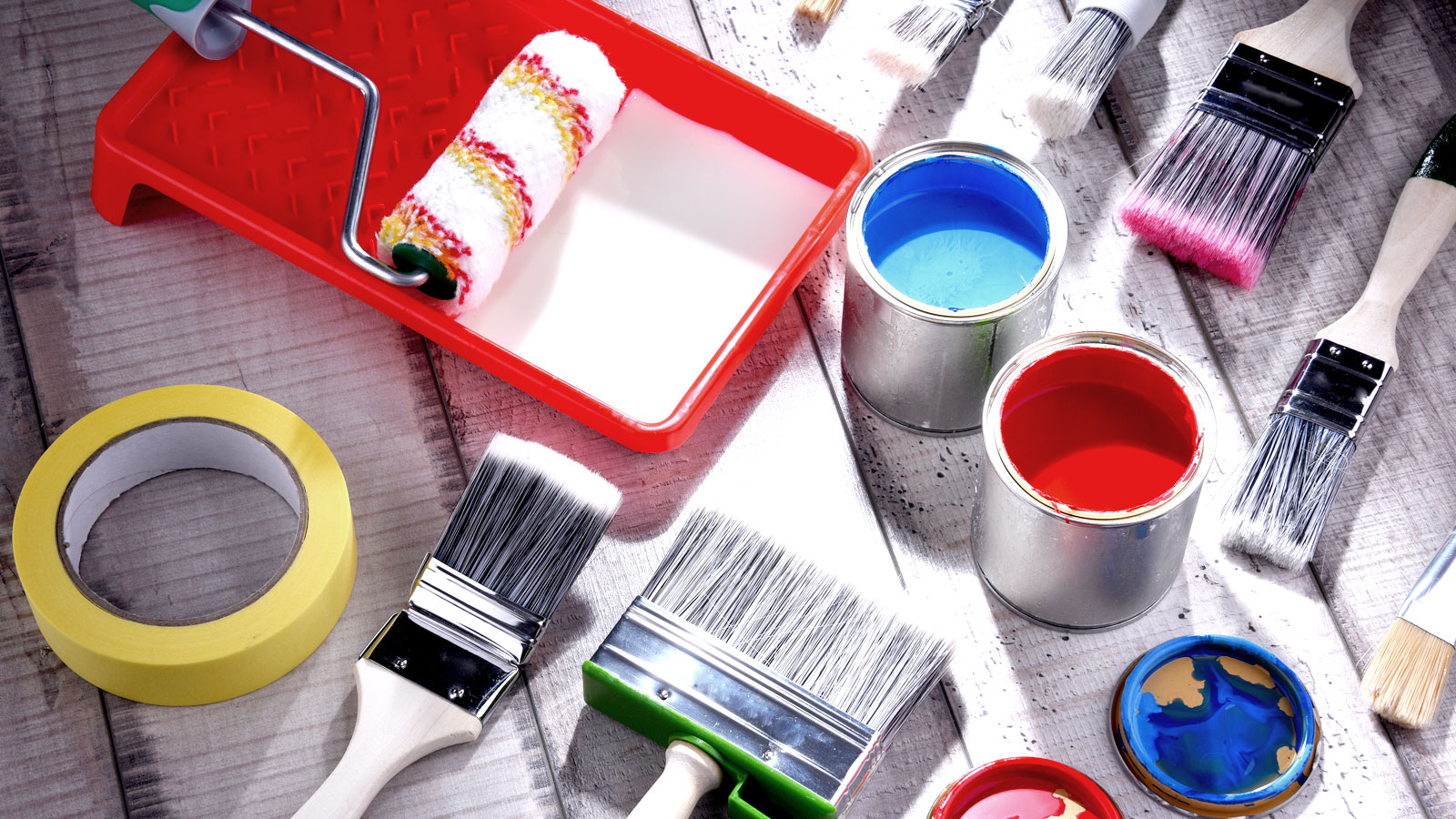
As a DIY veteran, I know that having the right tools is essential to doing a good job. But like many of us, I don’t always have time to head down to the local hardware store to browse the aisles. The obvious convenience of Amazon means that I don’t need to leave the house when I need a new tool.
Coupled with next-day delivery, I can get what I want fast and be ready to tackle a project rather than wasting time trawling for tools. Here, I list the five tools that I use and reorder on a regular basis, ensuring I always have what I need.
1. Paintbrushes
I’m a big fan of Harris paintbrushes and have been using them for as long as I can remember. They offer a wide range of types, styles and sizes, something for every paint project.
Personally, I prefer paintbrushes with wooden handles. I simply like the tactile nature of them, and they just work beautifully in the hand. Harris Trade Brushes are a favourite of mine. They come in a variety of sizes, are well-made, and utilise fine-tipped synthetic filaments that provide a smooth flow when painting woodwork. They're ideal for painting skirting boards, door frames, architrave, and cutting in.
Similar in quality to the Trade brushes is the Ultimate range. Recently, I’ve been using Harris Ultimate Blade Paint Brushes when painting walls. Their tapered ends help ensure I get crisp, clean lines around sockets and along edges (without masking tape).
Both the Harris Trade and Ultimate brushes are ideal if you regularly tackle paint projects, but if you’re an occasional painter and decorator, the Harris Essentials range fits the bill, and with lower prices. These are still quality paintbrushes but don’t expect them to match the quality of the Trade or Ultimate brushes.
2. Paint rollers and trays
Paint rollers, trays and accessories are something I like to purchase online. As soon as I know I’ve got a paint project coming up, I’m straight on to Amazon ordering everything I need.
Bring your dream home to life with expert advice, how to guides and design inspiration. Sign up for our newsletter and get two free tickets to a Homebuilding & Renovating Show near you.
I’m a big fan of Harris rollers. The classic Seriously Good 9-inch roller set is a go-to for walls and ceilings thanks to its anti-splatter fabric, which helps keep the paint on the wall and not me. For gloss or satin paint on woodwork, I’ll invest in mini smooth foam rollers like this Harris Seriously Good Woodwork Mini Roller Set.
But I don’t exclusively use Harris when it comes to rollers. Part of the beauty of using Amazon is that you can shop around and take a punt on brands that you might not have used before. Another brand I use is ProDec, and I’ve recently been using their IceFusion rollers, which give a lovely smooth finish.
And it's not just rollers I get from Amazon; paint scuttles and liners (yes, I do use them sometimes) are also purchased online. I typically use a ProDec 10 or 15-Litre Plastic Paint Scuttle Bucket. They’re recyclable, robust and much better than using a standard flat tray.
3. Sanding discs
When painting doors, windows, architrave, stairs or any type of woodwork, sanding is a key part of the preparation. I have a random orbital sander and detail sander, so I’m always purchasing new sanding discs. I would say it makes sense to buy a selection of sandpaper grades and grits and buy in bulk.
Even high-quality sanding discs can quickly dull, especially when performing heavy-duty sanding. But whatever sanding project you’re working on, it's always good to have spares, so you can swap over when you need to. It helps ensure you get a job done quicker.
I don’t typically choose a brand name; instead, I select discs that are highly rated and competitively priced, and I purchase at least 20 at a time. Here I’ve selected a few that I’ve tried, used and bought again.
4. Masking tape
Every DIYer needs masking tape, whether it's to achieve crisp, clean paint lines on walls or around door frames, prevent paint spray from ruining the top of a skirting board, or to stick down dust sheets, you need a good one.
Blue painters tape is one of my favourites, and I’ve always used the popular ScotchBlue brand. It comes in three sizes: 25mm, 36mm, and 48mm. Personally, for me, it's the 36mm width. This gives me more versatility in terms of where it can be used and what it's used for, but all work well.
Frog Tape is another great choice, but it's typically slightly more expensive, but if there’s a good deal on, I’ll invest in a few rolls. And, if you’re looking for a budget tape, I’ve been using tesa Masking Tape from Amazon. This is great for covering paint on woodwork and general jobs.
5. Screwdriver bits
If you're a DIY enthusiast, it's almost certain that you own a cordless drill. If you’re like me, you’ll do a lot of work driving in new screws and removing old ones, and you can quickly blunt a screwdriver bit.
If you leave a screwdriver bit rounded off, it won’t function properly and can damage the screw head. As you drive in a screw, the bit will slip, so you won’t get a tight fit, making the screw more difficult to remove.
The best solution is to keep a range of screw bits ready for different jobs and swap when needed. Phillips is the most common choice, but ensure you select the bit specifically designed for the task at hand.
When that Amazon parcel drops on your doorstep, you can get started on your next DIY project. Get some help from the following guides to make good use of those tools and get the perfect finish when painting wooden doors, painting windows and sanding doors
Steve Jenkins is a freelance content creator with over two decades of experience working in digital and print and was previously the DIY content editor for Homebuilding & Renovating.
He is a keen DIYer with over 20 years of experience in transforming and renovating the many homes he has lived in. He specialises in painting and decorating, but has a wide range of skills gleaned from working in the building trade for around 10 years and spending time at night school learning how to plaster and plumb.
He has fitted kitchens, tiled bathrooms and kitchens, laid many floors, built partition walls, plastered walls, plumbed in bathrooms, worked on loft conversions and much more. And when he's not sure how to tackle a DIY project he has a wide network of friends – including plumbers, gas engineers, tilers, carpenters, painters and decorators, electricians and builders – in the trade to call upon.
